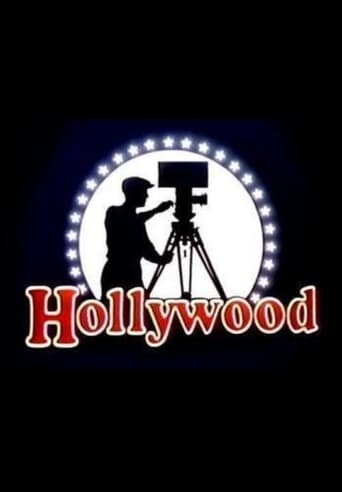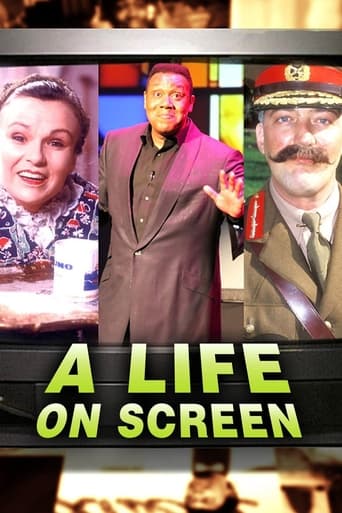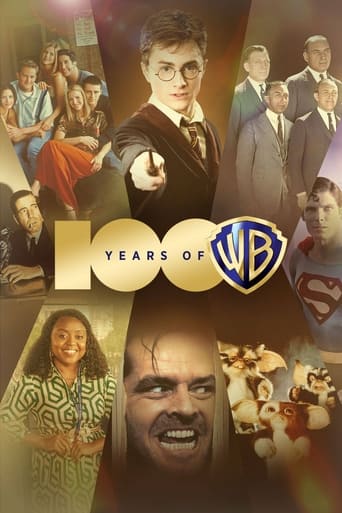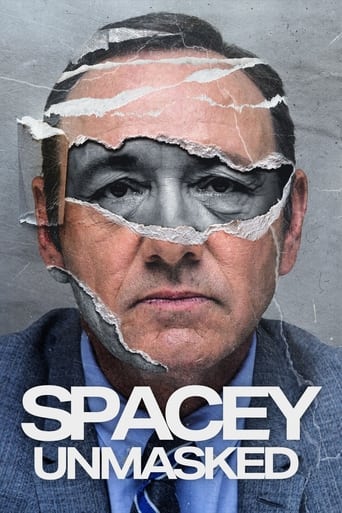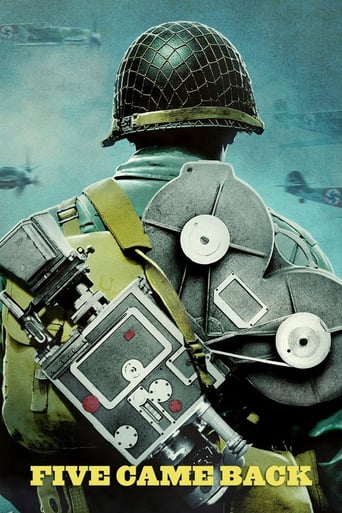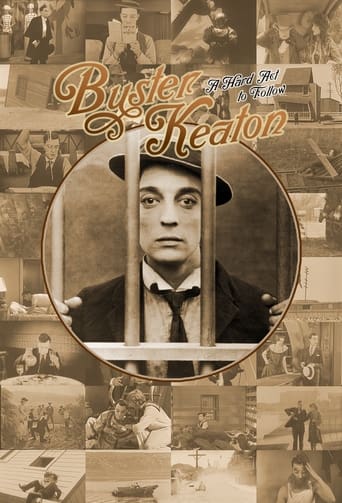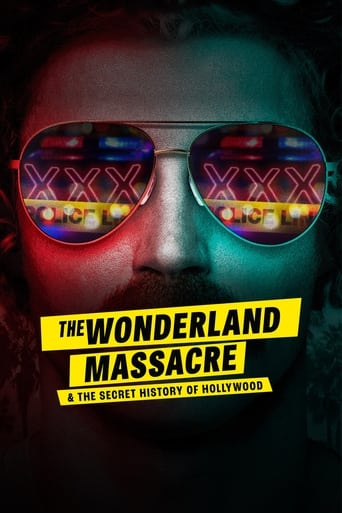Hollywood (1980)
Hollywood
1980
A 1980 documentary series exploring the establishment and development of the Hollywood studios and its impact on 1920s culture.
Seasons & Episode
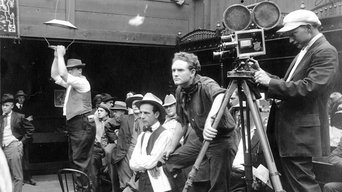
The evolution of film from penny arcade curiosity to art form, from what was considered the first plot driven film, The Great Train Robbery, through to The Birth of a Nation, films showing the power of the medium. Early Technicolor footage, along with other color technologies, are also featured.

Hollywood is transformed from a peaceful village with dusty streets and lemon groves to the birthplace of the industry in California. Silent film transcends international boundaries to become a worldwide phenomenon.

Fast success in Hollywood brings a cavalier party lifestyle, which led to shocking scandals such as Roscoe 'Fatty' Arbuckle's trial and subsequent acquittal for manslaughter. To tone down the image of Hollywood and curtail films with footage unsuitable to all audiences, Will H. Hays is appointed and introduces Hollywood's self regulated Production Code, which would be enforced well into the 1960s, while filmmakers still found creative ways to present 'adult' situations.

Silent films are often remembered for slapstick gags and dangerous stunts. Stuntmen took anonymous credit for very little pay and could not reveal their involvement. Stuntmen Yakima Canutt, Harvey Parry, Bob Rose and Paul Malvern tell hair-raising and humorous stories, and reveal the secrets behind many famous stunts.

Two of the great romantic legends of the silent screen are profiled. Rudolph Valentino's on-screen persona is remarkably different from his real personal life, as recounted by his brother, Albert, and Gloria Swanson recalls her meteoric rise – and fall – with remarkable candor.

Hollywood learned very early how to make people laugh. Comedy was king, and battling for the throne were stars like Harold Lloyd, Buster Keaton, Harry Langdon and Charlie Chaplin. In a purely visual medium, their comedy was a work of genius.

'The Old West' was still in existence in the silent days. Old cowboys and outlaws re-lived their youth, and got paid for doing it, by working in films. The 'western craze' really begins with stars like William "Buffalo Bill" Cody and Tom Mix.

Silent film directors were flamboyant pioneers, making up their technique as they went along. Filming 'indoor' sets on open outdoor lots and combating the elements, communicating with actors in spite of overwhelming distraction and deafening noise, directors (male and female) fashion great films out of chaos and confusion.

Skilled cameramen had the ability to turn an actress into a screen goddess, and were valuable assets to studios and stars. With the aid of art directors, they achieved some of the most amazing and dangerous sequences captured on film, pioneering photography effects used through the remainder of the 20th century.

Producers discovered the effect of 'star power' on their box office bottom line. Creating Hollywood stars becomes its own industry, resulting in the Hollywood Star System, from which came Clara Bow, Lillian Gish, and John Gilbert, successor to Rudolph Valentino as "The Great Lover". But as easily as they made them, studios could break them.
A 1980 documentary series exploring the establishment and development of the Hollywood studios and its impact on 1920s culture.
Watch Trailer
Free Trial Channels


